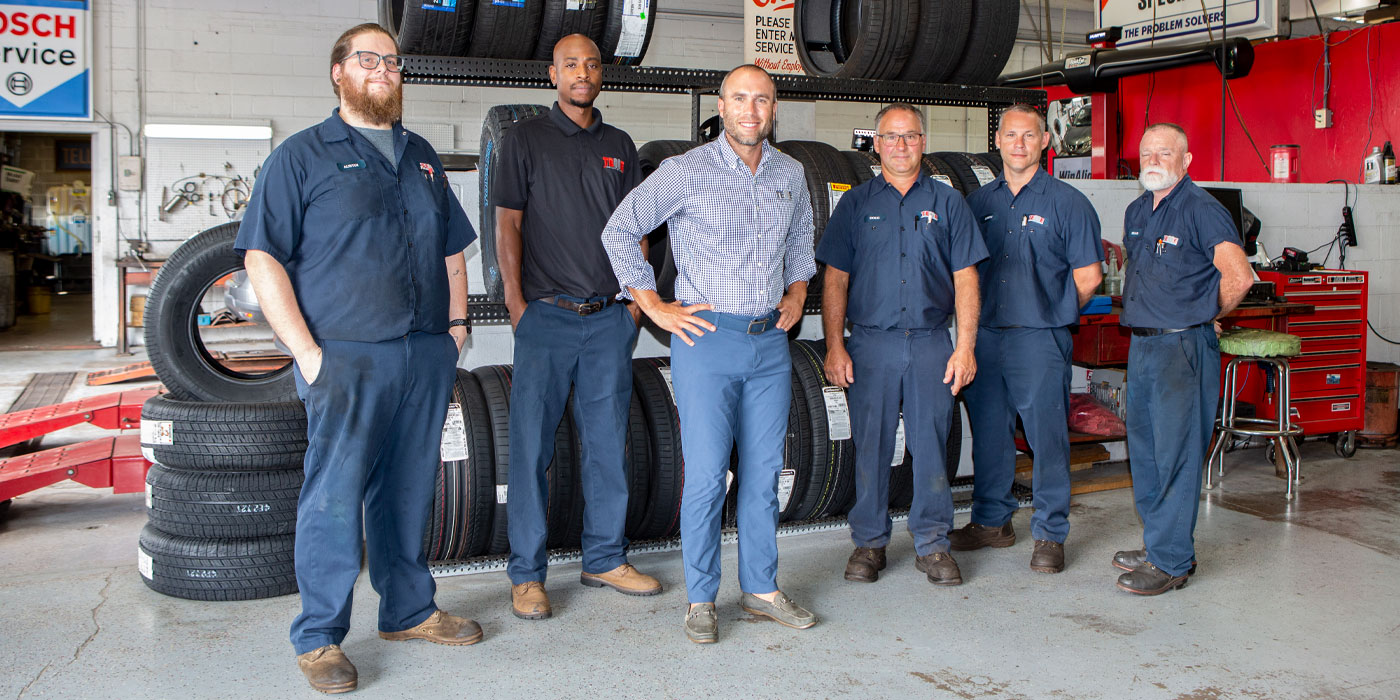Ford. DaimlerChrysler. NADA. Sean Kane. California. Massachusetts. Sen. Chuck Schumer. Four think old tires are a plague. Three are convinced OE tires are highly fuel-efficient. Nice to be loved, isn’t it?
TPMS regulations aside, this industry – tiremakers and dealers – faces two major issues: tire aging and tire fuel efficiency.
Last year, California enacted a law that says replacement tires have to be as fuel efficient – if not more so – than the OE tires. Proving that no original ideas exist, Massachusetts jumped in with a duplicate bill, and Sen. Chuck Schumer (D-NY) relit his eerily similar national tire fuel efficiency bill and tacked it on to a contentious energy bill that is headed for a conference committee showdown.
Obviously, this cumbersome proposition is nearly impossible to execute. Legislators somehow assume OE tires are highly fuel efficient, and the tires you sell are not. Never mind the whole traction-wear-braking-rolling resistance tradeoff thing.
With gas prices at all-time highs, finding ways to save a few bucks is top of mind. So, what better target than those nasty companies that make the tires that cost us more gas money! After all, more fuel-efficient tires will save U.S. car owners quad-bazillion gallons of gas and quint-gazillion dollars each and every year! We will be forever free of OPEC’s shackles!
On Planet Earth, though, tire rolling resistance accounts for less than 5% of total fuel economy. Driving style, vehicle type, loading and, oh yeah, tire inflation, have more to do with fuel efficiency than rolling resistance. But that would be letting facts get in the way of a good story.
It makes no sense, of course, to tackle CAFE standards. Or eliminate California’s unofficial one-to-a-car driving policy. Maybe cut fuel-wasting traffic congestion, or teach consumers to keep their tires properly inflated. Perhaps slap the oil companies around. Nah, it’s easier to kick tires.
Another great TV news yarn is the tale of those killer old tires. It’s an epidemic, according to Sean Kane, chief pot-stirrer at Safety Research Strategies, a research outfit that helps – you guessed it – lawyers.
Kane told NHTSA last November that he knew of 50 cases of “catastrophic tread belt separations in ‘aged’ tires” dating back to 1996. This past May, Kane sent NHTSA an update, citing 71 cases that he said caused 52 fatalities and 51 injuries.
Since Kane raised Cain, Ford, DaimlerChrysler and even NADA, the auto dealers association, which happily jumped in to share in National Tire Safety Week last April, have all suggested consumers ditch six-year-old tires, regardless of their physical condition.
But a close look at Kane’s 71 incidents paints a different picture. Of his cases, 51 happened on pickups, SUVs or minivans – 20 on Ford Explorer or Bronco models alone.
Picking apart the whole lot, 18 cases involved spare tires – 6 to 25 years of age – and most often listed as “unused spare tire” on his report. Seven are lacking certain information, like accident dates, DOT numbers, etc. Seven more involved used tires, three were from foreign countries, two were old tires on classic cars, and one involved tires bought at a swap meet, stored for years and then put on a car. Three were heavy-duty – not passenger – vehicles.
Eliminate these 44 rather shaky cases, and Mr. Kane is left with 27 possible instances of aged tire failure, an average of three per year since 1996. This is an epidemic?
Drivers, in Kane’s view, are not to blame. They keep their tires properly inflated, rotated, balanced, aligned and inspected. They check their spares. They store tires properly when not in use. They never overload their vehicles and never slam into curbs or potholes.
Can old tires fail? Sure. Any tire can fail at any time if it’s mistreated. Tires that are past their prime are probably not ideal. But what’s “past their prime?” And how do we know?
Ford, Chrysler, NADA, Kane and others point to “research” that proves their tire aging point. Where is it? To my knowledge, no one has seen it.
As GM rightfully stated, “Tires wear out before they age out.” That’s true in 99.99999% of the cases, but consumers don’t know that.
Depending on whom you ask, 90% of tires on the road are improperly inflated. NHTSA itself says that 60% of the cars and 47% of the light trucks it surveyed had at least one tire down at least 25% below OEM recommendation. Obviously, consumers don’t understand that, either.
Tire aging and fuel efficiency mavens know that if you say the same thing often and loud enough, no matter how outlandish, it becomes truth. Neither consumers nor the media will take the time to find the facts. Absent any real research, that is what’s happening here.
And you are left to try to explain all this to your customers. Good luck!













